order
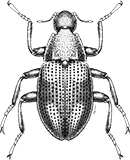
Coleoptera
“Adult Beetles”

Coleoptera
“Larval Beetles”

Diptera
“True Flies”

Ephemeroptera
“Mayflies”

Hemiptera
“True Bugs”

Lepidoptera
“Aquatic Caterpillars, Snout Moths”

Megaloptera
“Alderflies, Dobsonflies, and Fishflies”
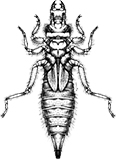
Odonata
“Dragonflies and Damselflies”

Plecoptera
“Stoneflies”

Trichoptera
“Caddisflies”
family
Chironomidae
Orthocladius
“Non-Biting Midges, Midges”
Genus Overview
A common genus of the subfamily Orthocladiinae. This genus is widespread and common in many aquatic systems. It can be commonly misidentified with Cricotopus.
Characteristics
POLLUTION TOLERANCE
Southeast: 6.5 and higher
Upper Midwest: 6 and higher
Midwest: 2.9 and higher
0 = least tolerant, 10 = most tolerant
FEEDING HABITS
Collector / Gatherer
MOVEMENT
Burrower
Sprawler
Sprawler
DISTRIBUTION
Widespread (east of the Rocky Mtns.)
HABITAT
Lentic-littoral
Lentic-profundal
Lotic-erosional
Lentic-profundal
Lotic-erosional
Diagnostic Characters
order
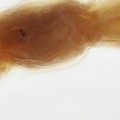
Legs Absent
family
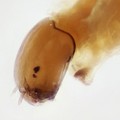
Head Complete and Exposed
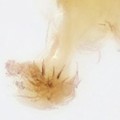
Thoracic And Anal Prolegs
+ Expanded Character List
Order:
Wings and wing pads absent. Eye spots sometimes visible, but compound eyes absent. Segmented legs absent, but sometimes fleshy prolegs present. Sometimes with distinct head, often without head or with head drawn deeply into thorax. Body flattened, cylindrical, or maggot-like.
Family:
Mandibles move against each other along horizontal or oblique plane. Head complete and fully exposed. Hook-bearing prothoracic and anal prolegs paired, though division may be slight and only at apex. Spiracles absent (apneustic). Body segments usually without conspicuous dorsal tubercles and setae as in some Ceratopogonidae.
Genus:
Wide range of characters and can be difficult to determine, most have bifid S1, most do not have setal tufts on the abdomen.
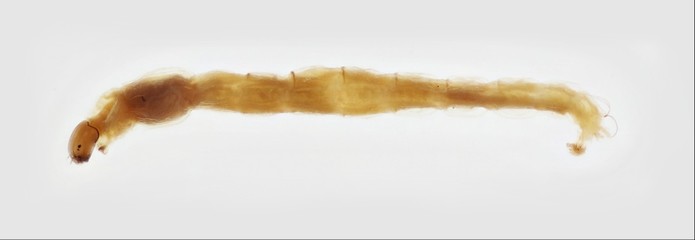
Lateral



